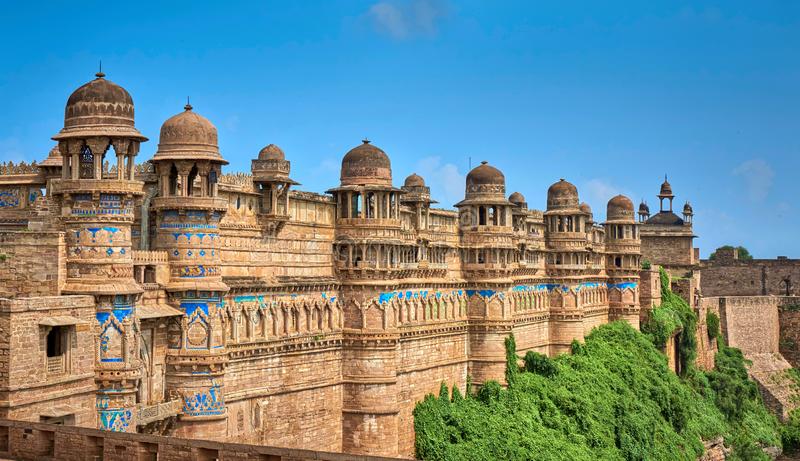The sculptures of the 2nd and 3rd century BC depict the episodes from the life of Lord Buddha, in the architectural setting of the Vedic period. The Hindu Temples are unique temples among the India's prehistoric monuments.
In east India in the state of Orissa the finest examples of exquisite sculpture are the Lingaraja temple and the Konarak temple. Each wheel of the chariot in the
Konarak temple has rich carvings. The poses of dancing apsaras depicted look lively. The Chandella rulers of central India built temples of Khajuraho that is adorned with sculptures. The style of the shikhara varies from that of the others. The Jain temples at Mount Abu are the finest monuments of the Solanki kings of Gujarat who were great patrons of art.
The south Indian temple sculpture received an added boost under the reign of the Cholas and Chalukyas. While the Vijayanagara Empire immortalised their art and sculpture on stone in Hampi, the former two kingdoms are also renowned for their massive temples.
Read more : Indian Temple Sculptures






















 High, thick walls were replaced by broad, low, sunken ramparts, saved by ditches to provide a minimal target for cannon fire.
High, thick walls were replaced by broad, low, sunken ramparts, saved by ditches to provide a minimal target for cannon fire.





















 fashioned an asana for each 100000, thus giving us 84 in all, although it mentions and describes only two in detail: the
fashioned an asana for each 100000, thus giving us 84 in all, although it mentions and describes only two in detail: the 




 Yoga Asanas should be done in a quiet and well-ventilated place.
Yoga Asanas should be done in a quiet and well-ventilated place.
